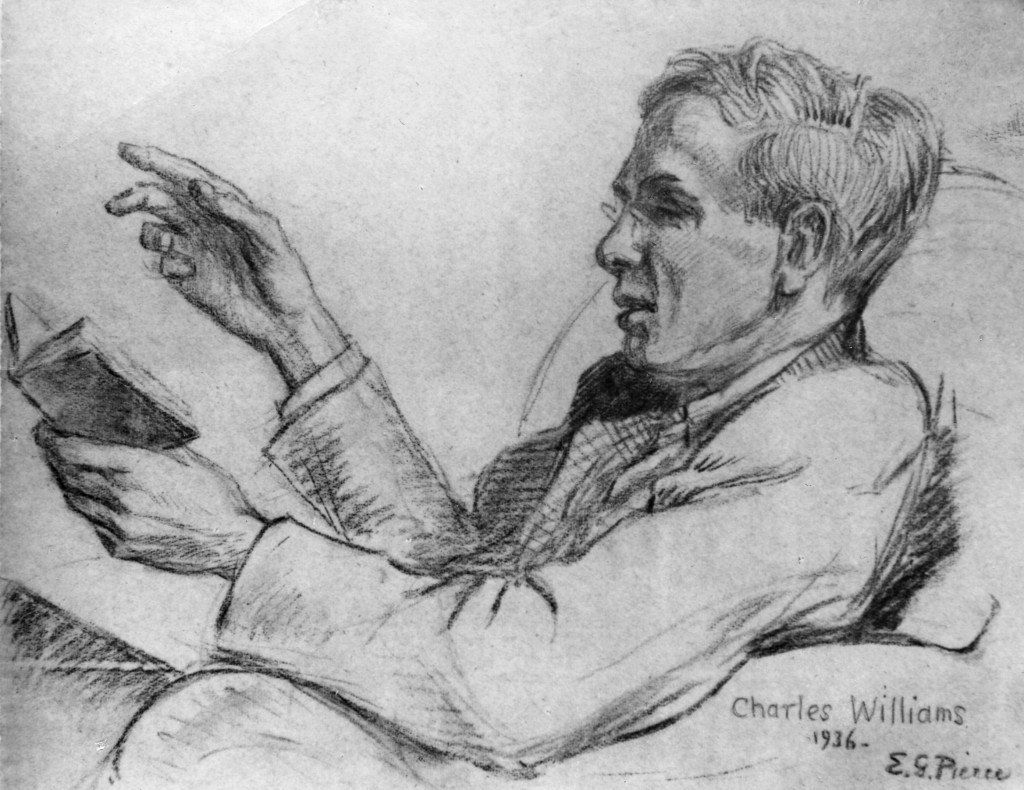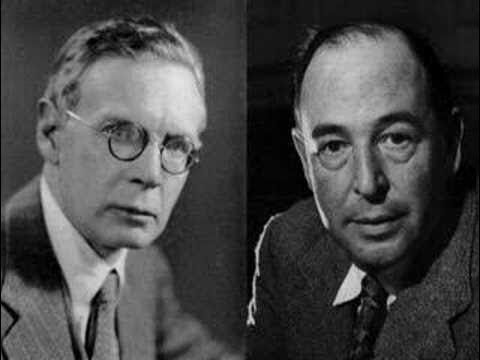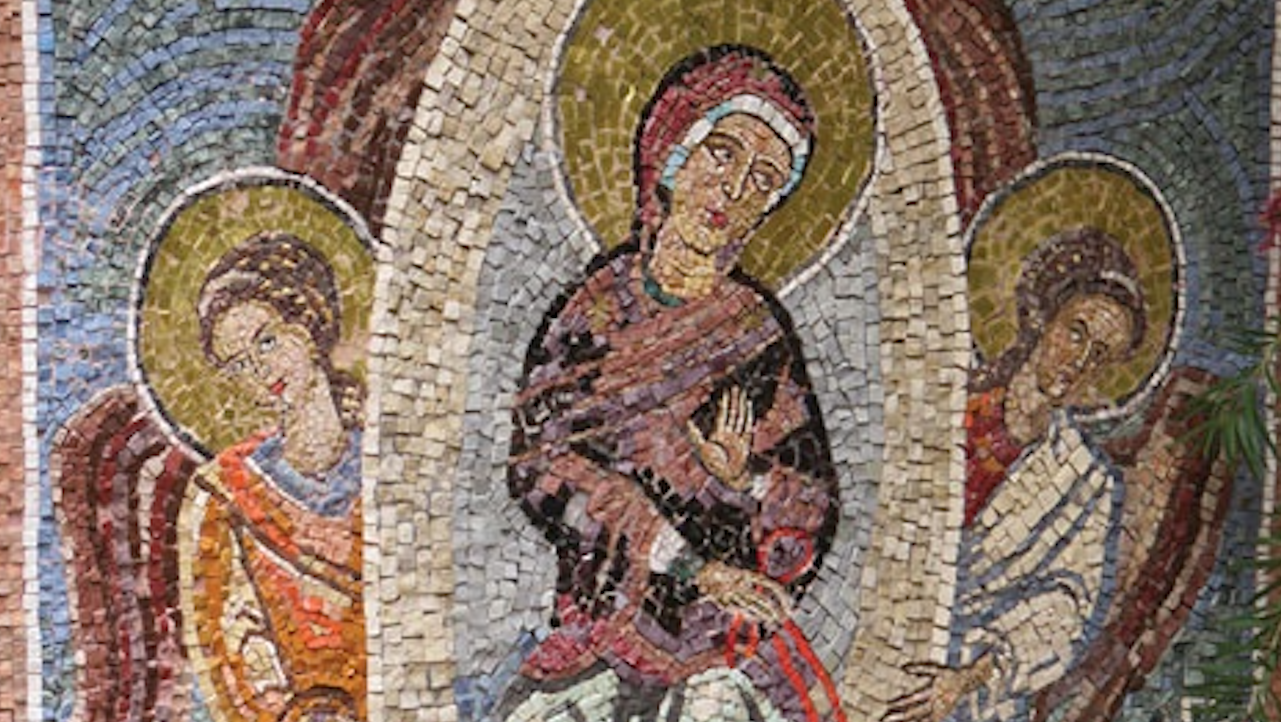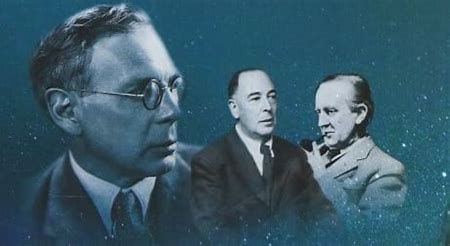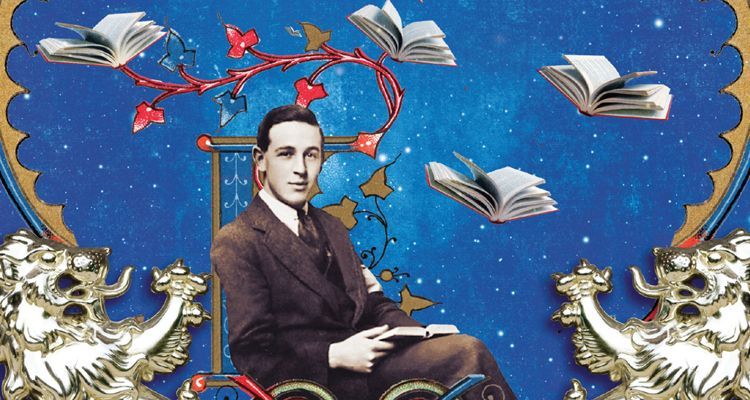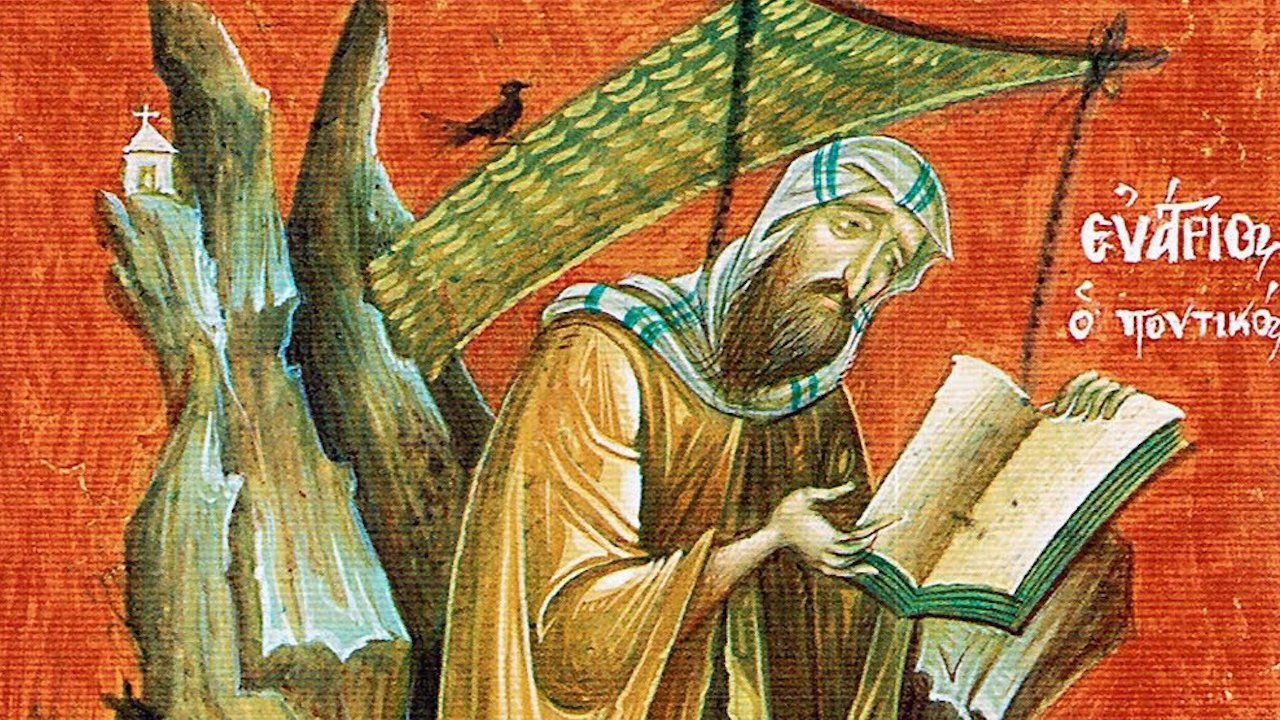Columbus Day: An Italian Irony
by Mark Mosley
Feast of the Glorification of St Tikhon, Apostle to America
Anno Domini 2020, October 9
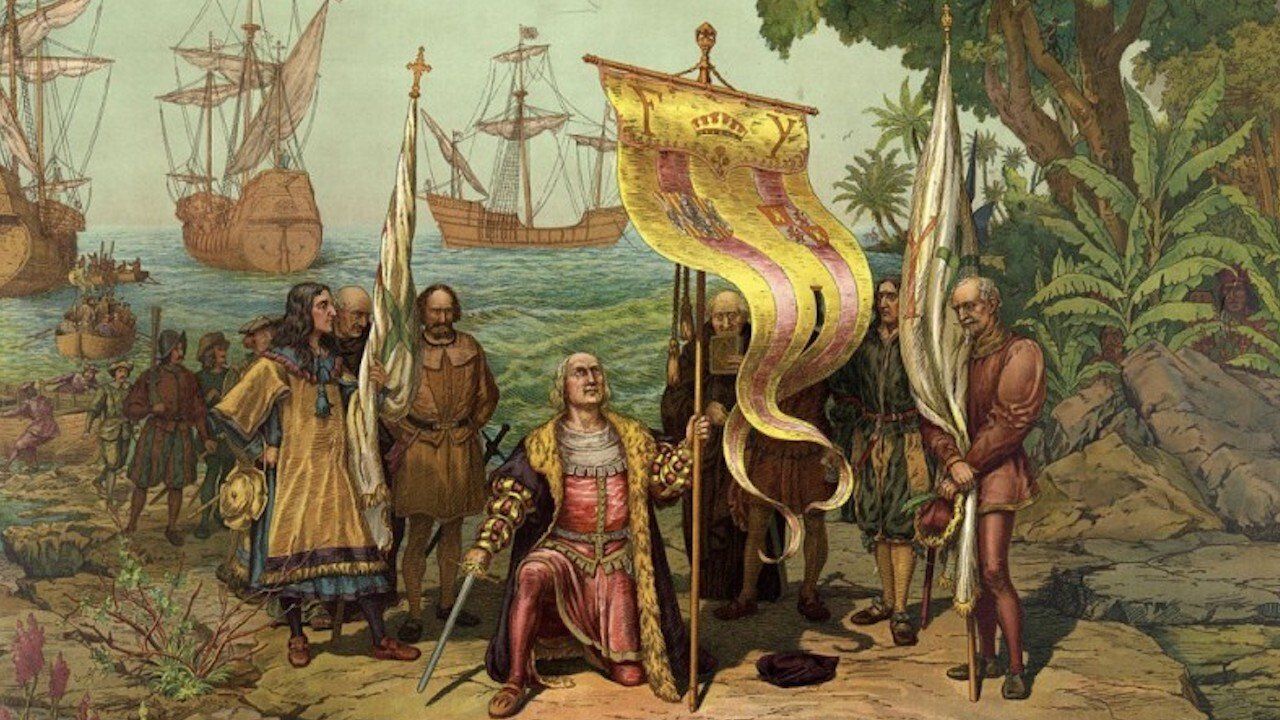
History & Irony
The messages of history are made more profound by their ironies. History does not intend this. While it is happening, history is unaware of itself. Only the student of history, through diligent digging, discovers the marvelous artifacts of irony. It is by the study of these beautiful and troubling artifacts that we acquire wisdom.
The Largest Mass Lynchings in U.S. History
It’s March 14, 1891 in New Orleans. The chief of police has been shot. No one saw who the shooter was. Due to skin color, poverty, or just sheer prejudice, 100 men were arrested. Seven of them were accused and ended up standing trial. Any evidence was weak and hearsay. The men were acquitted but the jail doors were not allowed to be unlocked. A mob encircled the building, extracted the seven men from the jail, and hung them along with two other men who were not even convicted. It was the largest mass lynching in American history. President Theodore Roosevelt commented “Personally, I think it rather a good thing and said so.” The murdered were Italian immigrants. The irony? The Italians’ forefathers were probably around the port of New Orleans before it was ever sold to Thomas Jefferson in the Louisiana Purchase. The shunned “outsiders” had likely been there first.
Built on the Backs of Immigrants
After the American Civil War, mass casualties and injuries left huge holes in the U.S. male labor force in need of manual labor. On the other side of the Atlantic, southern Italy and the island of Sicily were starving to death as Italy struggled in its new independence to provide for its people. On March 17, 1866, the Louisiana Bureau of Immigration was formed and sought out immigrants from Sicily and southern Italy as a solution for their labor needs. For $40, an Italian immigrant could come to New Orleans for work. Throughout the U.S., Italians were also used to build the bridges and the Transcontinental railroad which opened the economy of the American West. These “contract labor agreements” were drawn up by middlemen called padrones, to whom most of the poor illiterate southern Italians were completely at their mercy or cruelty. From 1880-1914, nearly 4 million Italians immigrated to the U.S. Many of them were not much more than slave labor. But they lived in their communities of safety in which they set up “Little Italys” like shanty towns in many major cities.
Criminals & Enemies
Like many ethnic groups, the Italian immigrants were shunned. They were seen as small and dirty, prone toward criminal activity. Records, however, show that in places like New York City their arrest rates parallel those of other ethnic enclaves. As they worked to prove themselves worthy of jobs and American citizenship, everything came to a halt in 1914 with the beginning of World War II, the declaration of war on the U.S. by Italy, and the rise of Fascism under Mussolini. Those Italians living in the U.S. were emotionally, physically, and politically trapped. With many of their families and even spouses still back in Italy, they desperately wanted an American victory without an Italian defeat.
Italian “Prison Camps”
On December 8, 1941, President Franklin D. Roosevelt signed Proclamation 2527 which made any Italian currently living in the U.S. who had not acquired citizenship an enemy of the State and subject to registration, curfew, finger-printing, travel ban, and monitoring by the State. This was followed by Executive Order 9066 which forced evacuation of over 50,000 Italians and placed them in designated military “prison” encampments. Some of these people had lived and worked in the U.S. for 20-30 years! This also occurred to the Japanese living in the U.S. which is far more well-known than the Italian relocation story (see the documentary on YouTube Prisoners Among Us).
Burned by the Melting Pot
America is heralded by its value of being a “melting pot” of races and cultures. For a “melting pot,” it has a long dark history of rejecting different ingredients, including Italian Catholic immigrants. The Irish had gone through their potato famine in 1951-1860, preceding the Italian migration by about 20-30 years. They had endured similar hardships as an unwanted race with a distrusted religion. It was the economic necessity of cheap labor that pulled the Irish and the Italian to our shores. It is yet another irony that Phillip Mazzei, an Italian physician and close friend of Thomas Jefferson, shared the following with President Jefferson: “All men are by nature equally free and independent.” Jefferson borrowed this line for the Declaration of Independence from an Italian immigrant!
A Procession of Pride
Catholics do processions. Catholic cultures also do processions called parades. Saint Patrick’s Day and the parades on Saint Patrick’s Day were an opportunity for the Irish to celebrate with pride their culture and their ethnicity.
As the Irish Catholics had Saint Patrick, the Italians reached back and held up Christopher Columbus. It was a type of “proof” for Italians that by divine Providence they were intended to be here.
The Political Developments of “Columbus Day”
“Columbus Day” was not made a national holiday until October 12, 1937 (and was not a fixed national holiday on the second Monday of October until 1971). Ironically, the 1937 decision was by Franklin D. Roosevelt who was probably trying to save political face with the Irish Americans and even more so with the growing number of Irish Catholics who had developed a large Catholic Organization called “The Knights of Columbus.” Immigration & Catholicism had become major issues in U.S. politics as the Irish first and then the Italians came as immigrants in large numbers to the U.S.
Tammany Hall
The political leverage of celebrating “Columbus Day” likely goes back to 1789 with the founding of Tammany Hall in New York City. Tammany Hall was a political organization in opposition to the Federalist Party. Their platform included helping the city’s poor population, especially poor white jobless males. They found voting strength by ultimately embracing the Irish Catholic immigrants followed by the Italian Catholic immigrants. On October 12, 1792, Tammany Hall was the first political organization to hold an event to celebrate Christopher Columbus’ landing in 1492. It had taken 300 years to arrive at this decision.
Know Nothings
The following century, in 1849, Charles B. Allen formed a clandestine fraternal order in New York City called “The Order of the Star Spangled Banner.” Made up of native-born Protestant white men who bound themselves by sacred oaths and secret passwords, they wanted to return to the America they once knew. They were anti-immigrant and anti-Catholic. Their slogan was “Americans must rule America.” They elected 8 governors and 100 congressmen. In 1855, they surrounded polling places to prevent Irish and German Catholics from voting. Street fights broke out and somewhere between 20-100 immigrants were attacked and killed. The group referred to themselves as the “know-nothings” because, when asked what happened, they would vow to “know nothing.”
President Lincoln who was deeply disturbed by these events said:
As a nation, we began by declaring that “all men are created equal.” We now practically read it “all men are created equal, except negroes.” When the Know-Nothings get control, it will read “all men are created equal, except negroes and foreigners and Catholics.” When it comes to this I should prefer emigrating to some country where they make no pretense of loving liberty—to Russia, for instance, where despotism can be taken pure, and without the base alloy of hypocrisy.
The “Santa-fication” of Christopher Columbus
Washington Irving (1783-1859) is famous for taking the European Saint Nicholas and turning him into the American Santa. He did the same literary re-formation with Christopher Columbus.
Before Irving, Christopher Columbus was an Italian marbled statue used by Italian communities in America in local street parades. Irving again took a local European custom and ritual and robed Columbus in an American flag—it was the American “santa-fication” of Christopher Columbus.
Irving’s tale entitled “The Life and Voyages of Christopher Columbus” (1839) was a national best-selling book and is not all that different from what many of us learned in elementary school history. Here is the Irving remake as one might have read it in one of those history books:
Christopher Columbus believed the world was round while others believed it was flat. Using reason as his compass and Christian faith as his sail, his belief, curiosity, hard work, superior technology, and fortitude to never give up allowed his dreams to come true. He was not stopped by political powers that doubted his destiny or would not back him financially. Even his men threatened mutiny when they feared he had gone off course. Upon arrival to the New World that met strange primitive tribes of men who could not read or write and prayed to idols and foreign gods. Columbus and his men civilized the native population and brought Christianity to their shores. Columbus knew that “If you work hard, and never give up; that by faith you can fulfill your dreams in this new world.”
Almost everything Irving asserts is untrue, or at least unverifiable. Irving takes a uniquely Eurocentric view and turns the Italian (immigrant) Columbus into the American everyman. Columbus is sanctified into the exceptional Saint America of can-do-ism.
The Real Historical Mysteries of Christopher Columbus
Like so much of history, it is the exploration of the other stories and even their contradictions that brings marvel and knowledge that matters. The simplification of truth easily—and frequently—leads to the distortion of truth. There are many details and ideas which strongly question the American cardboard and tinsel version of Irving. I will focus on two.
The indigenous people of the islands that Columbus and his men inhabited were not “uncivilized.” While the initial relationship between Columbus and the West “Indians” were amiable, once the economic advantage of gold was discovered the Europeans claimed the land, the people, their bodies, and their souls as all belonging to them. The natives were “pronounced” Christian by force. Their religious artifacts and gold were stolen. Their men were enslaved. Their women and daughters were raped. Their land was “colonized.” The indigenous people were enslaved but could not supply the needed workforce to maintain the “white gold” of sugar plantations of “black gold” of coffee plantations. The conquest of Columbus and those that followed were the nidus of the West African slave trade to provide the additional needed human labor to supply Europe her global trade and wealth.
The Real Reason Columbus Conquered the Indies
Perhaps unbeknownst to Columbus and his men (and certainly unknown to Washington Irving), the reason why Columbus “succeeded” was not European ingenuity, technology, fortitude, or spirituality—-it was disease. No outbreak in human history, not even the bubonic plague, rivals the devastating epidemics that depopulated indigenous inhabitants of the Americas. Due to smallpox and measles, which Columbus and his men brought over, and for which the indigenous people had no immunity, 80-90% of ALL indigenous people in the inhabited West Indies died. Europe colonized by contagion (and this same phenomenon was repeated on the mainland). The decimation of indigenous peoples was replaced by the African slave trade—both peoples enslaved for the economic benefit of the European whites. The wake of Columbus’ ships are still lapping up against our shores in 2020.
Bringing it Home
In a 2019 Pew Report regarding the celebration of Columbus Day, it stated: “Depending upon where you live and whom you work for, Columbus Day may be a paid holiday off or no different than a normal Monday.” Some will rename it as “Indigenous Peoples’ Day.” For Americans of Italian heritage, it may be a parade of significant cultural and familial heritage when Italians who were living in the United States for decades bore the shame of being “dirty greasy immigrants,” and were “relocated” as “enemy aliens” into prison camps on American soil just less than a century ago.
For Native Americans and African Americans, Columbus Day is no celebration, but rather the genesis of a genocide for economic power. For those in the health field, it is the recognition that unseen (and unrecognized) diseases can have far-reaching and devastating consequences, drifting centuries later. For all of us, it is to see that disease, capitalization, colonization, economics, and politics are all intricately woven together. Pandemics and racism have often been chained together.
But we should not cancel Columbus. Do not sink him. Neither should we use him as a national anchor. We should pull alongside with the journeys of Columbus, and the Indigenous Peoples, and the African slave ships on a troublesome and ambiguous convoy to weather the storm of our collective histories together. Only by inhabiting the boat together and hearing the stories of fellow passengers can we have hope to reach a shore upon which we may live together in a better peace.
Contribute to Cultural Renewal by Sharing on Your Preferred Platform
In an isolating secularized culture where the Church's voice is muffled through her many divisions, Christians need all the help they can get to strengthen their faith in God and love toward their neighbor. Eighth Day Institute offers hope to all Christians through our adherence to the Nicene faith, our ecumenical dialogues of love and truth, and our many events and publications to strengthen faith, grow in wisdom, and foster Christian friendships of love. Will you join us in our efforts to renew soul & city? Donate today and join the community of Eighth Day Members who are working together to renew culture through faith & learning.

